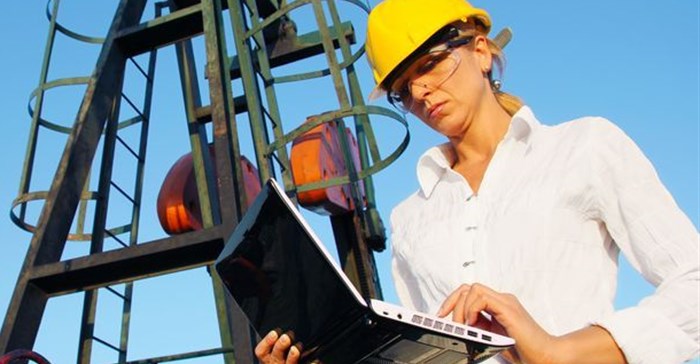
“Their questions often revolve around whether digitisation is suitable for all size of mining operations; how to enable work forces; how to identify the most pertinent and quick-win areas needing digital transformation,” says Marc Ramsay, vice president, industry business unit at Schneider Electric South Africa.
“In the initial stages, companies should start with a quick review of their raw material and products, as they progress through their overall supply chain. It is important to analyse areas of constraints, as these problem areas are the best starting point. Data sources and stability in basic operations should always be identified before implementation of digital solutions. This is because implementation of digital methods will amplify the issues and limit the application of more advanced digitisation smart sensors. The real benefit will also not be gained until this function is stable and efficient.
“We notice that mining companies of all sizes benefit from digital mining transformation. While the major mining companies started the trend, the next tier-down players are getting equal, or greater benefits than the early adopters. As technology and cloud scalability become more affordable, it is easier and more economical than ever before for all mining companies to benefit from digital mining transformation solutions.”
“The next generation workforce transformation will impact everyday operations and the digital mining transformation. Every time a resource-based industry goes through a downturn, many of the skills must be re-sized out of the organisation and unfortunately never return to the industry, resulting in a shrinking experienced workforce and overall shrinking of skills.
“We get caught in a repetitive cycle of learning curves. However, technologies now allow the industry to do more with less. Whether it is mobility applications or decision-making tools, or capturing intrinsic knowledge into the supporting systems, we can provide the same output, or provide the same quality with fewer people. That is one dimension of the workforce transformation.
“Another dimension is the length of time that a given employee will stay with the same company or job role. The days where people worked at an operation for their entire career are long gone. We must get our workforce trained and operational in a safe and effective manner faster than ever before. There is a large population of the workforce retiring within the next five to 10 years.
This means it is time to leverage digitisation methods and simulators to more quickly meet the new generation workforce’s transient characteristic with systemised experience. This generation is very digitally savvy and they expect a higher level of intuitive digital user interfaces in applications than any other generation seen before. Monochrome enterprises will not cut it anymore. Digitisation is the next step that all mines must take to be relevant for its own staff,” he says.